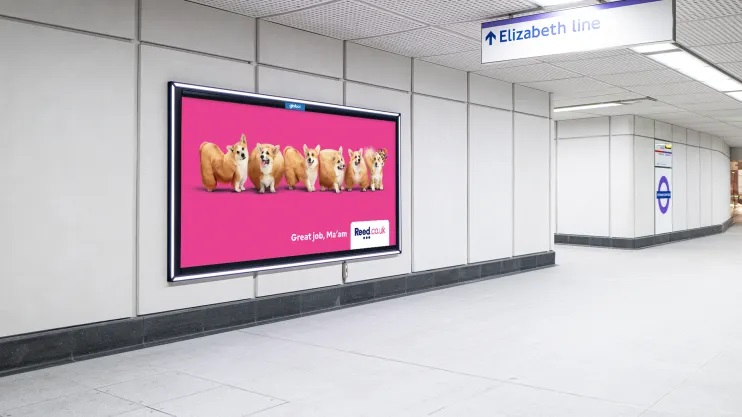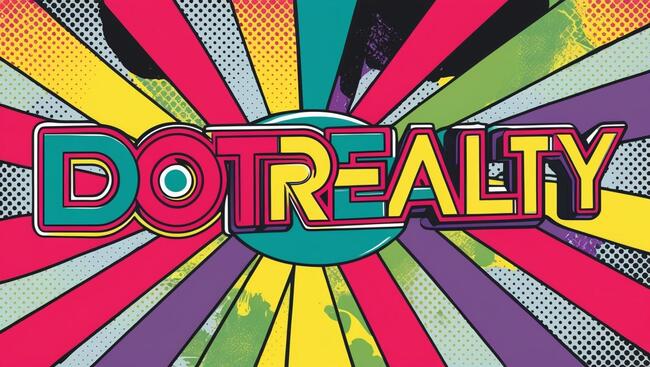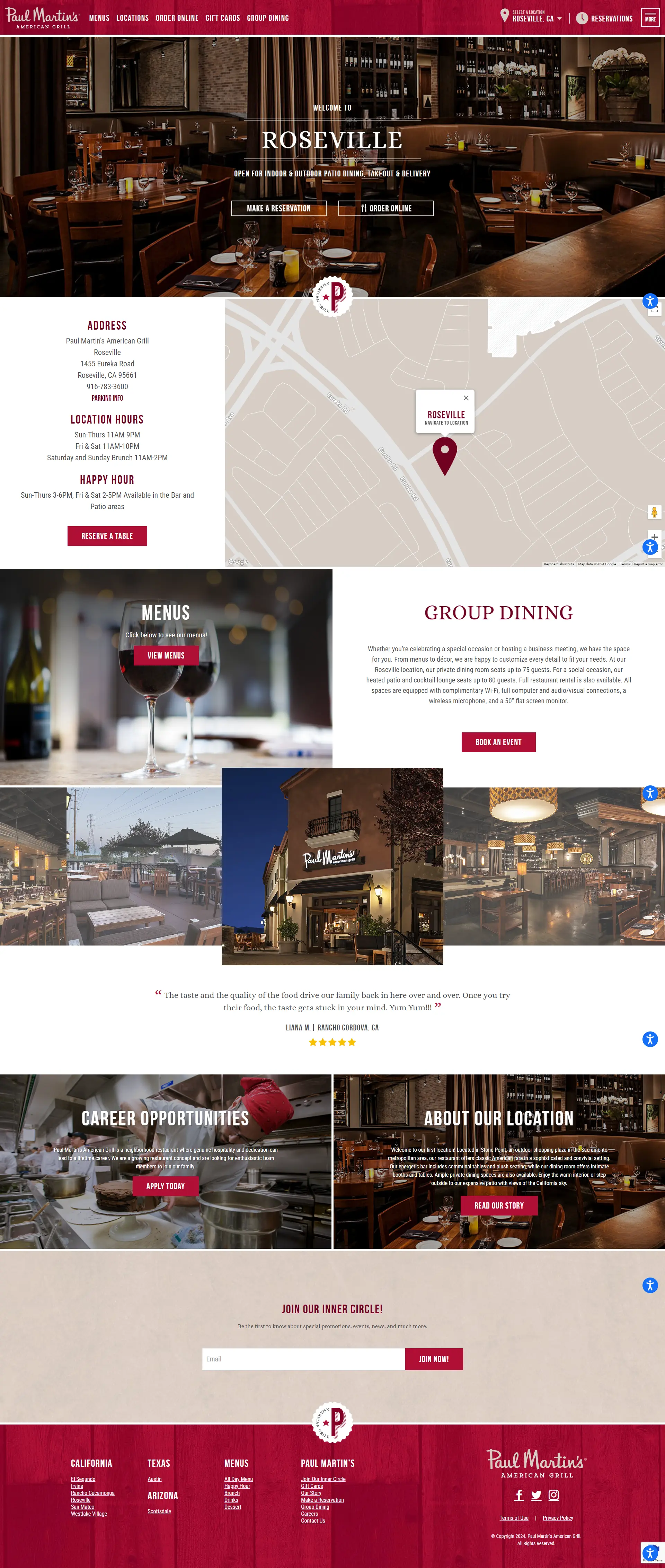Introduction
In the realm of marketing and advertising, crafting an effective end-line can make all the difference in capturing the attention of your audience and leaving a lasting impression. An end-line, also known as a tagline or slogan, serves as the final punctuation mark in your advertisement, encapsulating the essence of your brand and enticing consumers to take action.
In this comprehensive guide, we’ll delve into the art and science of crafting a compelling advertising end-line for your business. From understanding the fundamentals of brand identity to mastering the art of creativity and innovation, we’ll explore every facet of end-line creation to help you stand out in a crowded marketplace.
Join us on this journey as we uncover the secrets to crafting an advertising end-line that resonates with your audience, drives engagement, and ultimately contributes to the success of your marketing campaigns.
Understanding Brand Identity
At the heart of every successful advertising campaign lies a strong and cohesive brand identity. Your brand identity encompasses the values, personality, and unique selling points that distinguish your business from competitors and resonate with your target audience. When crafting an advertising end-line, it’s essential to align it closely with your brand identity to ensure consistency and authenticity in your messaging.
Consider the following elements of brand identity and how they can inform the creation of your end-line:
- Values and Mission: What does your brand stand for? Your end-line should reflect the core values and mission of your business, communicating to consumers what you believe in and why your products or services matter.
- Personality and Tone: Every brand has its own personality, whether it’s playful and whimsical or serious and professional. The tone of your end-line should align with your brand’s personality, resonating with your target audience on an emotional level.
- Unique Selling Proposition (USP): What sets your brand apart from competitors? Your end-line should highlight your unique selling proposition, emphasizing the benefits or advantages that consumers can expect when choosing your brand.
- Brand Voice: Consistency is key when it comes to brand voice. Your end-line should reflect the tone and style of communication that you consistently use across all marketing channels, reinforcing brand recognition and loyalty.
By grounding your end-line in a deep understanding of your brand identity, you can ensure that it serves as a powerful expression of who you are as a business and what you offer to your customers.
Know Your Audience
Understanding your target audience is paramount when crafting an effective advertising end-line. Your end-line should speak directly to the desires, needs, and preferences of the consumers you’re trying to reach, resonating with them on a personal level and compelling them to engage with your brand.
Consider the following factors when tailoring your end-line to your audience:
- Demographics: Who are your ideal customers? Consider factors such as age, gender, income level, geographic location, and cultural background. Your end-line should resonate with the demographic characteristics of your target audience.
- Psychographics: What are the attitudes, values, and lifestyle choices of your audience? Dive deeper into the psychographic profile of your target market to understand their motivations, aspirations, and pain points. Your end-line should reflect these insights, appealing to the emotional and psychological needs of your audience.
- Communication Preferences: How does your audience prefer to consume information? Whether it’s through social media, traditional advertising channels, or word-of-mouth recommendations, tailor your end-line to the communication preferences of your target audience to maximize its impact and reach.
- Cultural Sensitivity: Be mindful of cultural differences and nuances when crafting your end-line, especially if you’re targeting a diverse or global audience. Ensure that your messaging is inclusive, respectful, and culturally relevant to avoid unintended misunderstandings or offense.
By gaining a deep understanding of your audience, you can create an end-line that speaks directly to their hearts and minds, fostering a strong connection with your brand and driving engagement and loyalty.
Key Elements of Effective End-Lines
Crafting a memorable and impactful advertising end-line requires careful attention to several key elements. By focusing on clarity, brevity, relevance, and uniqueness, you can create an end-line that captures the essence of your brand and resonates with your audience.
- Clarity: Your end-line should deliver a clear and concise message that is easy for your audience to understand. Avoid ambiguity or confusion by using simple language and straightforward phrasing.
- Brevity: In the world of advertising, less is often more. Keep your end-line short and to the point, aiming for brevity while still conveying your brand’s message and value proposition effectively. Ideally, your end-line should be no longer than a few words or a brief phrase.
- Relevance: Your end-line should be relevant to your brand, product, or service, connecting directly with the needs and desires of your target audience. Avoid generic or unrelated phrases that do not resonate with your brand identity or target market.
- Uniqueness: Stand out from the crowd by creating an end-line that is distinctive and memorable. Avoid clichés or overused phrases, and strive for originality and creativity in your messaging. Your end-line should set your brand apart from competitors and leave a lasting impression on consumers.
By incorporating these key elements into your end-line, you can create a powerful and compelling message that resonates with your audience and reinforces your brand identity.
Crafting End-Lines
Generating creative and effective end-line ideas requires a combination of strategic thinking and creative exploration. Here are some practical techniques and exercises to help you craft compelling end-lines for your advertising campaigns:
- Brainstorming: Gather your team or colleagues for a brainstorming session dedicated to generating end-line ideas. Encourage everyone to contribute freely, without judgment, and explore different angles, themes, and concepts related to your brand and messaging.
- Wordplay and Puns: Play with words, phrases, and language to create memorable and engaging end-lines. Look for opportunities to incorporate wordplay, puns, rhymes, or clever twists that capture attention and add a touch of wit or humor to your messaging.
- Leverage Brand Messaging: Draw inspiration from your brand’s existing messaging, taglines, or brand promise. Identify key themes or phrases that resonate with your audience and incorporate them into your end-line to reinforce brand consistency and recognition.
- Focus on Benefits: Highlight the benefits or solutions that your product or service offers to consumers. Frame your end-line in terms of what’s in it for the customer, emphasizing the value and impact of choosing your brand over competitors.
- Invoke Emotion: Tap into the emotions of your audience by crafting end-lines that evoke feelings of joy, excitement, nostalgia, or inspiration. Emotional resonance can create a powerful connection with consumers and drive engagement with your brand.
- Test and Iterate: Once you’ve generated a list of potential end-line ideas, test them with your target audience to gauge their effectiveness and resonance. Conduct surveys, focus groups, or A/B testing to gather feedback and refine your end-line based on real-world insights.
- Stay Authentic: Above all, ensure that your end-line authentically reflects your brand identity and values. Avoid gimmicks or overly salesy language that may come across as insincere or inauthentic to consumers.
By applying these techniques and exercises, you can unlock your creativity and generate end-line ideas that capture the essence of your brand and resonate with your audience.
Testing and Refinement
Once you’ve generated a list of potential end-line ideas, it’s essential to test them with your target audience to gauge their effectiveness and resonance. Testing allows you to gather valuable feedback and insights that can inform the refinement of your end-line before it’s fully integrated into your advertising campaign.
Here are some methods for testing and refining your end-line:
- Surveys: Create surveys to gather feedback from your target audience on different end-line options. Ask participants to rate each end-line based on factors such as clarity, appeal, memorability, and relevance to your brand.
- Focus Groups: Organize focus groups comprised of members of your target demographic to discuss and evaluate the end-line options. Encourage open and honest feedback, and listen carefully to participants’ reactions and preferences.
- A/B Testing: Conduct A/B testing by presenting different end-line options to separate groups of your audience and measuring their responses. Analyze metrics such as click-through rates, engagement levels, and brand recall to determine which end-line resonates most effectively.
- Iterative Refinement: Based on the feedback and insights gathered from testing, refine your end-line iteratively to enhance its effectiveness and resonance. Make adjustments to wording, phrasing, or messaging as needed, and continue to test and refine until you achieve optimal results.
By testing and refining your end-line through iterative feedback loops, you can ensure that it resonates with your target audience and effectively communicates your brand message and value proposition.
Case Studies and Examples
To further illustrate the principles and strategies discussed in this guide, let’s explore some real-world examples of successful advertising campaigns and their memorable end-lines:
- Nike – “Just Do It”: Nike’s iconic end-line has become synonymous with the brand’s ethos of empowerment, determination, and perseverance. It encapsulates the spirit of action and achievement, inspiring athletes and consumers worldwide.
- Apple – “Think Different”: Apple’s end-line challenges conventional thinking and celebrates creativity, innovation, and individuality. It reinforces the brand’s reputation for pushing boundaries and revolutionizing industries.
- McDonald’s – “I’m Lovin’ It”: McDonald’s end-line captures the joy and satisfaction of enjoying their food and dining experience. It emphasizes positivity and happiness, appealing to consumers of all ages.
- Coca-Cola – “Open Happiness”: Coca-Cola’s end-line taps into universal emotions of joy, togetherness, and celebration. It positions the brand as a source of happiness and connection in everyday moments.
These case studies demonstrate how memorable end-lines can effectively communicate a brand’s values, resonate with consumers, and contribute to the success of advertising campaigns.
Conclusion
In conclusion, crafting an advertising end-line for your business requires a combination of strategic thinking, creativity, and audience insight. By understanding your brand identity, knowing your audience, and focusing on key elements such as clarity, relevance, and uniqueness, you can create a compelling end-line that resonates with your target audience and reinforces your brand message. Through testing, refinement, and real-world examples, you can ensure that your end-line effectively captures the essence of your brand and drives engagement and loyalty among consumers.















